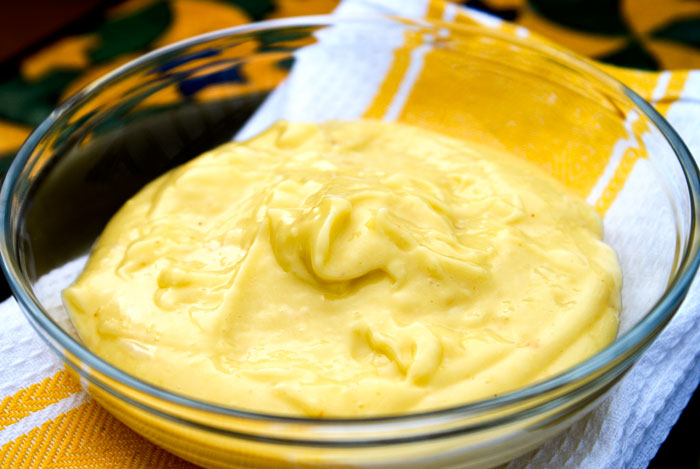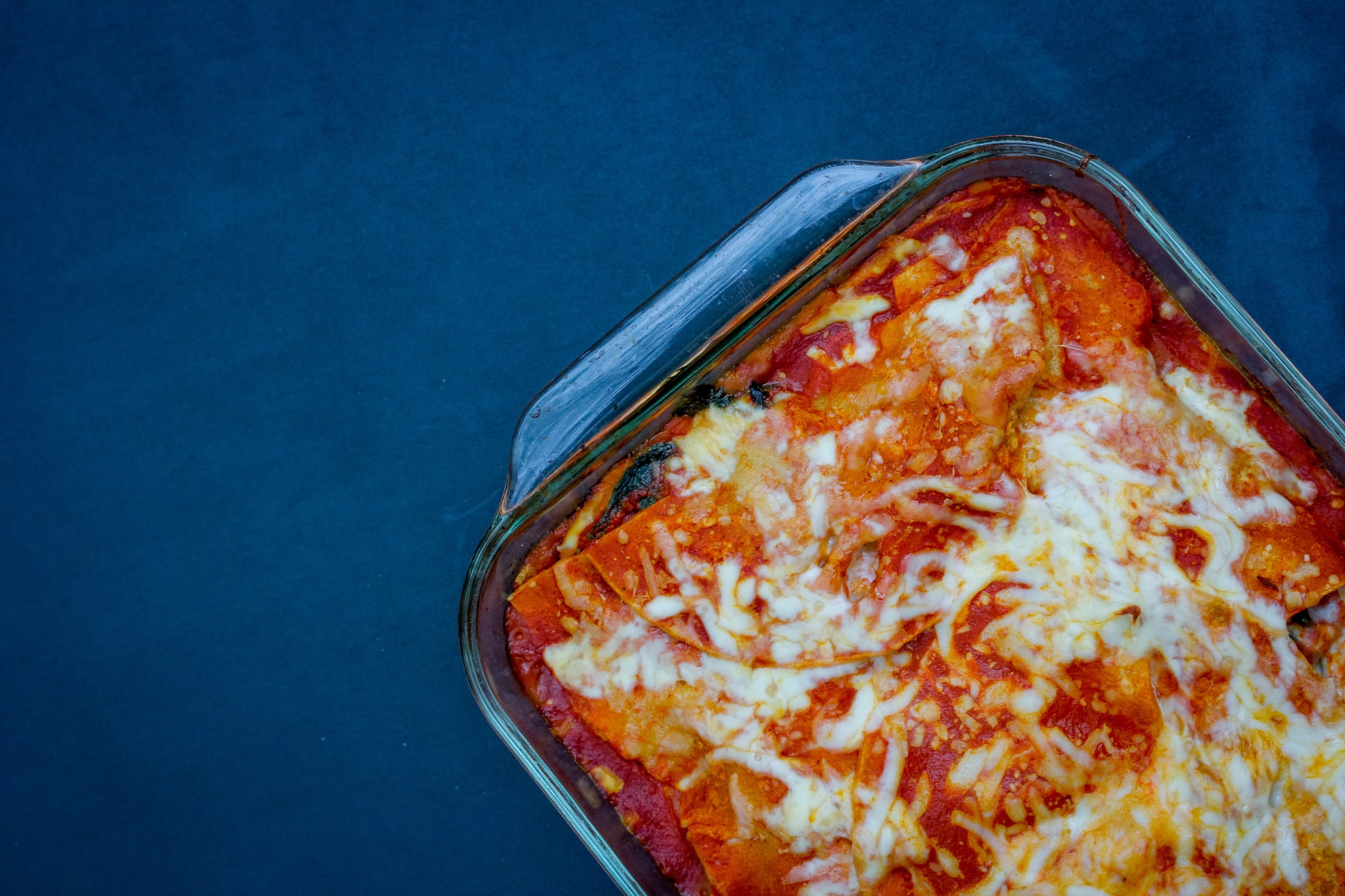Farro has become a bit of culinary darling, turning up on restaurant menus and even in health-food store bulk bins. But what is farro? It's an ancient strain of emmer wheat (think of it as a wheat varietal, like a chardonnay or pinot noir is to wine) that was originally domesticated in the Near East millennia ago, but has recently become popular on American menus. Here's how to use it:
 What It Looks Like: Farro–specifically “semi-pearled” or “semi-perlato” farro, which has been lightly polished–looks a bit like barley with a dusty coating.
What It Looks Like: Farro–specifically “semi-pearled” or “semi-perlato” farro, which has been lightly polished–looks a bit like barley with a dusty coating.
What It Tastes Like: Farro has a lovely, toasted nut flavor and a luscious, meaty chew that makes it one of my favorite whole grains in the kitchen.
How to Cook It: Cook farro in a 1:2 ratio of farro to water. Bring the water (or stock or tomato juice or whatever liquid you choose) to a boil, add the farro and cover. Reduce heat to low and cook for 20 minutes, until kernels are plump and tender and liquid is absorbed.
How to Use It: I like to use farro as a replacement for pasta in cold salads, as a hearty side dish, or—my favorite—as a stand-in for Arborio rice in a farro risotto. It keeps extremely well with minimal clumping when cool, which makes it a great candidate for leftovers. Try it as a base for a salad or an addition to soup.
Additional Notes: While farro used to be peasant food—it was an official ration for Roman legions—nowadays it’s quite pricy. But its texture is so substantial that I find it needs little or no meat to round out a meal. Try thinking of the farro itself as the main focus of the dish, adding meat only for a hit of flavor–like a big mound of shallot-studded farro topped with thin slices of steak or chicken. Of course, you can always beef up the whole plate with tasty seasonal veggies, as with the eggplant stacks below. Combinations like these end up being both healthy and quite economical.













